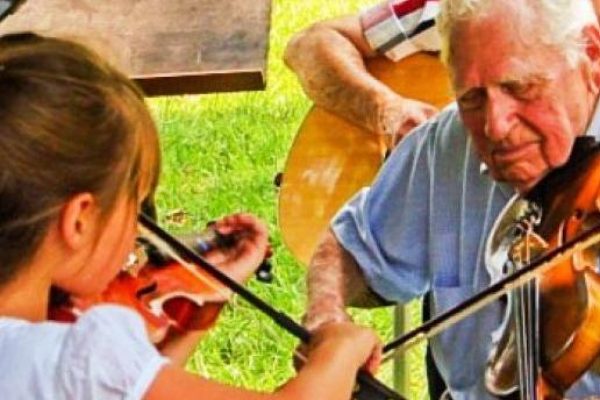For the more than 12 million people who suffer from chronic obstructive pulmonary disease or COPD it is poorly understood. It is several ailments that are characterized by airflow obstructions which includes emphysema, chronic asthmatic bronchitis and chronic bronchitis. Many who have COPD don't even know it.
According to the National Heart, Lung and Blood Institute(NHLBI) these respitory diseases are the fourth leading cause of death after heart disease, cancer and strokes. COPD symptoms are very much like viral respiratory illnesses but if wheezing, shortness of breath, chest tightness, and coughing that produces mucus are being suffered by you seeing your doctor is very important for early treatment is key in managing COPD effectively.
Unfortunately there is no cure for COPD but there are medications that will dilate airways and reduce inflammation and exercises to lessen symptoms and strenghthen the lungs.
More women are smoking now days and more women are being found to have the disease. They decline faster than men. And women that smoke the same amount as men are more likely to have greater loss in lung function. This is probably because women's lungs are usually smaller than men's.
Usually COPD is more common in seniors but if they smoke people younger than 65 can develope the disease. A person who started smoking in their teens can develope shortness of breath and wheezing in their 30's or 40's. There may be the early signs of bronchitis or emphazema in the lungs even before the signs of COPD become apparent. For common cancers and heart disease death rates are actually going down but the rates for COPD sufferers are going up. With proper medications and treatments people with COPD can do pretty well but others can develope heart disease and death from respiratory failure. COPD is now the leading cause of death in the U.S.
The life expectancy of a COPD patient can improve drastically if they give up smoking, change their lifestyle, take up a healthy diet, take medication and get on a exercise program. There is less strain on the lungs if the patient also loses some weight. If the patient stops smoking they will prevent more damage to the lungs and they start breathing better.
Ninety percent of COPD patients are smokers. Quitting will make a difference even if the patient has smoked for many years. COPD patients don't all have to use oxygen 24/7. Some with less severe cases only need the oxygen when they are exercizing or sleeping. Taking a spirometry test for lung function can determine if oxygen is needed or not. Those with less than 90% oxygen saturation in their lungs will need supplemental oxygen. Breathing may sap the strength of a COPD patient and they may lose muscle mass and can even become emaciated so they need more daily calories. A healthy diet of fruits and vegetables, and lean protein. This may also prevent malnutrition.
It is a good idea for the COPD patient to talk to their doctor about an exercise program tailored to their particular needs. Low impact exercise such as aerobic conditioning, light weight lifting, tread mill, stationary bikes, walking and swimming will help to strengthen the muscles in the lungs. They will want to build up endurance working slowly and sustain what they are able to do. When exercising outdoors they don't want the air to be too dry, too cold or too wet.
According to a 2009 study of the Journal of Cardiopulmonary Rehabilitation and Prevention those who practice deep breathing, power breathing, slow abdominal breathing experience less shortness of breath and increased oxygen absorption.It is recommended that COPD patients get a yearly flu shot, vaccine for pneumococcal infections and booster for pertussis (whooping cough).











